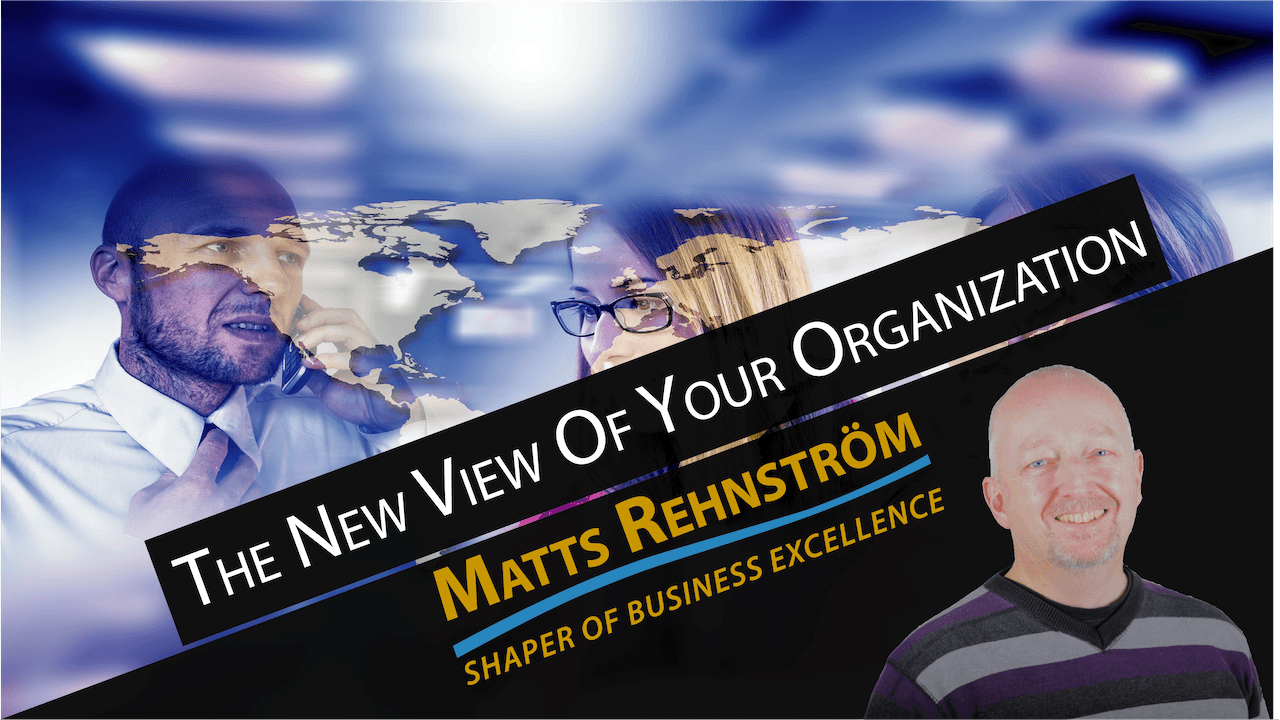You are a leader in your organization, leading one or several processes. When you look at the work done in operational processes, what do you see? Can you differ the work done? Matter of fact there are three kinds of work done in your process(es).
The first work done is the work that directly creates value for you customers. When the customer has contact with you and want help, and someone in the process help him or her out, then you directly create a customer value. It is also when you work with satisfying the customer without him or her involved. Example of this kind is when you sell shoes, a watermelon, at ticket, cloths, or anything else, to you customer. It is also when you serve the customer on board the aircraft, the ship, or train. Also when you guide the visitor in the museum, take care of the elderly at the elderly care, treat the patient, take the customer in your cab to the right location, then you are directly creating customer value.
The second kind of work done in your business is the indirect creation of customer value. That is when you support those that directly create value for your customers. Their very important work might not be as successful as expected if the indirect work is not done. Examples of indirect work are paying the salaries, purchasing material, educating the staff, creating supportive material for the team, like sales material, and so on.
Which is more important you might ask, and as a matter of fact they are both equally important. One cannot exist without the other. The direct value creating processes needs the indirect value creating processes to work properly. Without them the customer will be disappointed at the delivery or the not getting any value at all, as there are no one there to deliver it. And the indirect value creating processes would of course have no purpose if there where no direct value creation done.
The balance between these two types must be closely managed, as all focus should be on satisfying the customers, and nothing else.
I did mention that there are three kinds of work done. So what is the third one then? The third type of work is the work that is not creating any value to your customers. That is the work that you should not do at all. It is the waste in your organization. It is all the dumb stuff that is going on, not creating any value, what so ever, to your customers or to those that work directly with satisfying your customers. This is the work that you should get rid of, as fast as possible.
Unfortunately this kind of work is many times the largest of the three! I know, it sounds crazy, that we run around all day and produce a lot of baloney. Many different surveys show that as much as 40 to 50 percent of all our work is waste. The rest is divided between the two other kinds of work. Think about what you could gain of getting rid of the dumb stuff. Say that it is 40 percent of your cost. What would that be in your business? Astounding, is it not? It is a lot of money, money that you could spend on other important things in your business.
I must agree that we will most certainly not get rid of all waste. We are humans, and human’s makes mistakes, and we have good days and bad days. But let us aim at the old 80/20 rule. Let us be 80 percent efficient, focusing on delivering value to our customers, direct or indirect. Then we bring the waste do 20 percent. That is a lot of money as well, but let us start there. If you free up 20 percent of your cost and transfer it to the satisfaction of your customers, I imagine that you would have a totally new business to run.
And a efficient organization, satisfying the customer, will get good feedback and that will in its turn make the whole team happier and by that doing an even better job.
Focus on your customer, and get rid of the dumb stuff.
To you and your business excellence,
Matts


